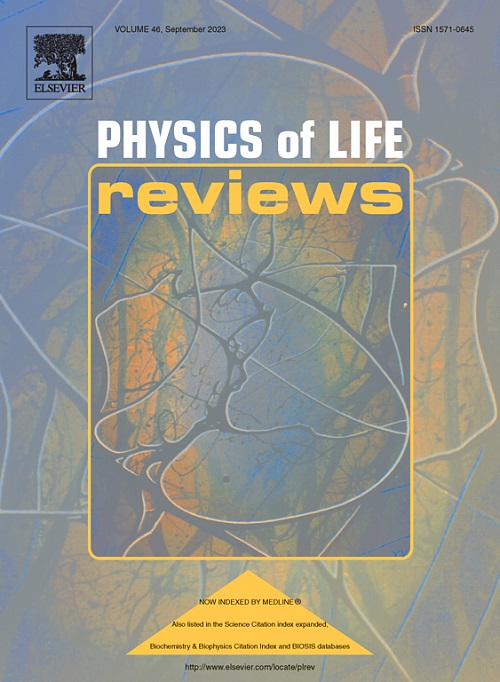吻合中的机械医学:桥接生物力学和改善手术愈合的临床结果
IF 14.3
1区 生物学
Q1 BIOLOGY
引用次数: 0
摘要
吻合是重新连接组织末端的关键外科手术。尽管外科技术取得了进步,但诸如泄漏和狭窄等并发症仍然构成严重的健康风险。大多数传统的方法主要集中在组织对齐和灌注。然而,他们往往忽略了机械线索对愈合过程的影响。本文介绍了机械医学的概念,这是生物力学和力学生物学相结合的一个新领域,用于指导吻合过程中的细胞反应和组织再生。我们总结了不同吻合技术的力学特征,包括修复部位产生的机械力的类型和水平。此外,我们还探讨了这些机械信号如何影响信号通路,如Piezo1、TRPV4和YAP/TAZ,这些信号通路在吻合口愈合过程中对止血、炎症和组织再生至关重要。通过评估传统和新兴的吻合技术,我们揭示了不同的机械线索如何影响临床结果。最后,我们强调了人工智能和机器人系统的潜力,它们可能有助于优化机械微环境、预测并发症和个性化治疗。本文将建立一种新的机械医学驱动的吻合框架,旨在利用生物力学和机械生物学来提高手术精度和改善患者预后。本文章由计算机程序翻译,如有差异,请以英文原文为准。
Mechanomedicine in anastomosis: Bridging biomechanics and clinical outcomes for improved surgical healing
Anastomosis is a critical surgical procedure for reconnecting the tissue ends. Despite progress in surgical techniques, complications such as leaks and strictures still pose serious health risks. Most traditional approaches primarily focus on tissue alignment and perfusion. However, they often overlook the influence of mechanical cues on healing process. In this review, we introduce the concept of mechanomedicine that is a new field for integration of biomechanics and mechanobiology to guide cellular responses and tissue regeneration during anastomosis. We summarize the mechanical characteristics of different anastomotic techniques, including the type and level of mechanical forces generated at the repair site. In addition, we explore how these mechanical cues affect signaling pathways, such as Piezo1, TRPV4, and YAP/TAZ that are essential for hemostasis, inflammation, and tissue regeneration during the anastomotic healing process. By evaluating conventional and emerging anastomotic techniques, we reveal how distinct mechanical cues influence clinical outcomes. Finally, we highlight the potential of artificial intelligence and robotic systems that may help to optimize the mechanical microenvironment, predict complications, and personalize treatments. This review will establishe a novel mechanomedicine-driven framework for anastomosis, aiming to utilize biomechanics and mechanobiology for enhancing surgical precision and improving patient outcomes.
求助全文
通过发布文献求助,成功后即可免费获取论文全文。
去求助
来源期刊

Physics of Life Reviews
生物-生物物理
CiteScore
20.30
自引率
14.50%
发文量
52
审稿时长
8 days
期刊介绍:
Physics of Life Reviews, published quarterly, is an international journal dedicated to review articles on the physics of living systems, complex phenomena in biological systems, and related fields including artificial life, robotics, mathematical bio-semiotics, and artificial intelligent systems. Serving as a unifying force across disciplines, the journal explores living systems comprehensively—from molecules to populations, genetics to mind, and artificial systems modeling these phenomena. Inviting reviews from actively engaged researchers, the journal seeks broad, critical, and accessible contributions that address recent progress and sometimes controversial accounts in the field.
 求助内容:
求助内容: 应助结果提醒方式:
应助结果提醒方式:


